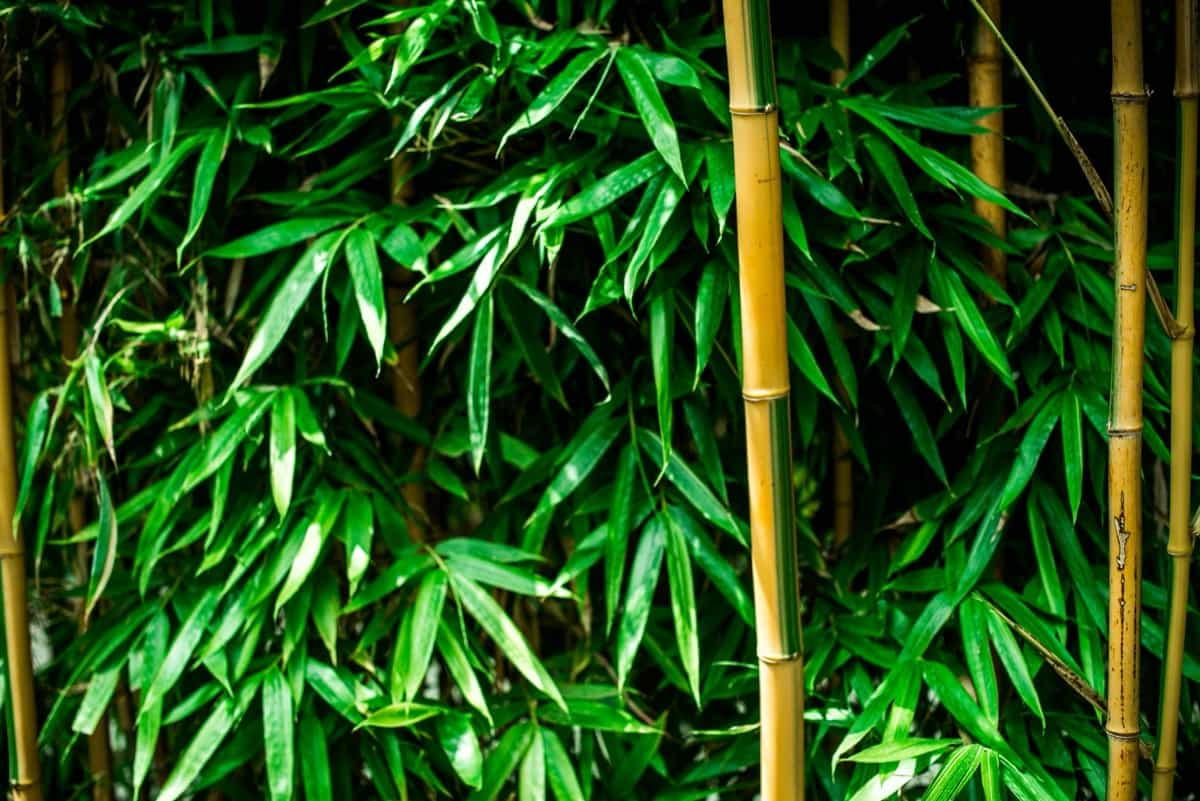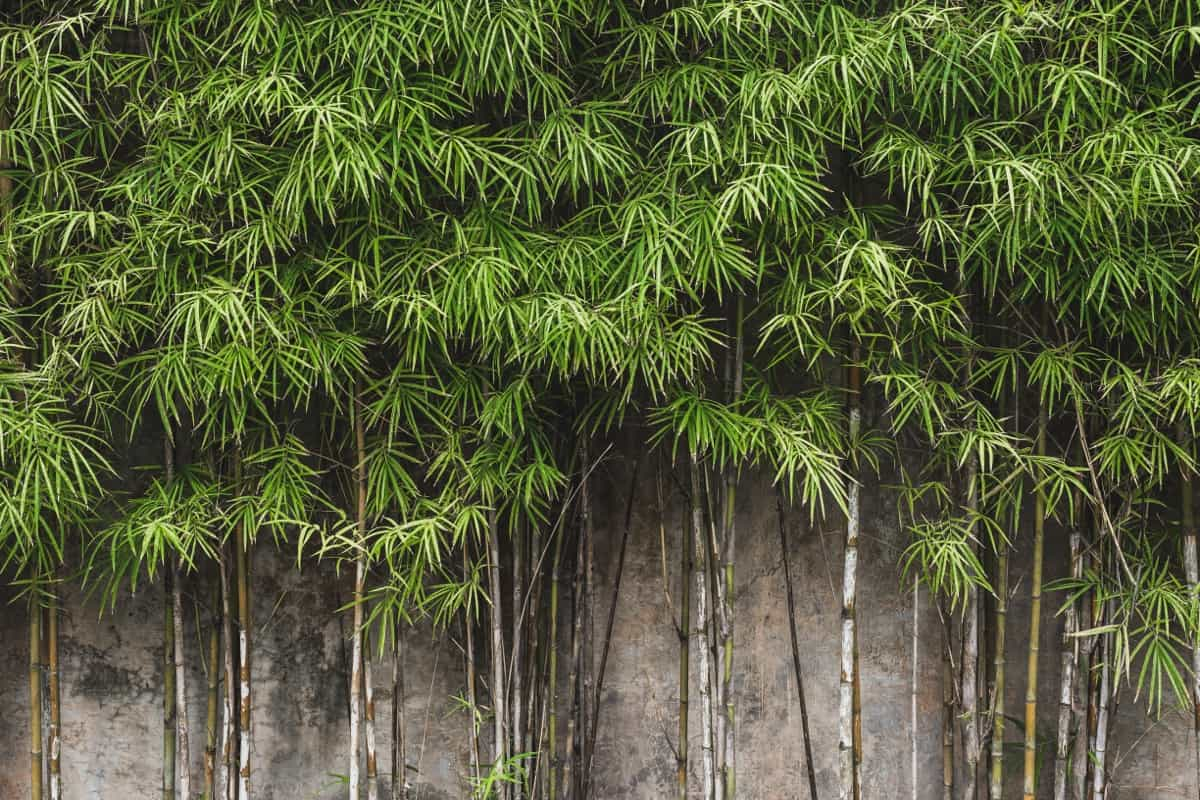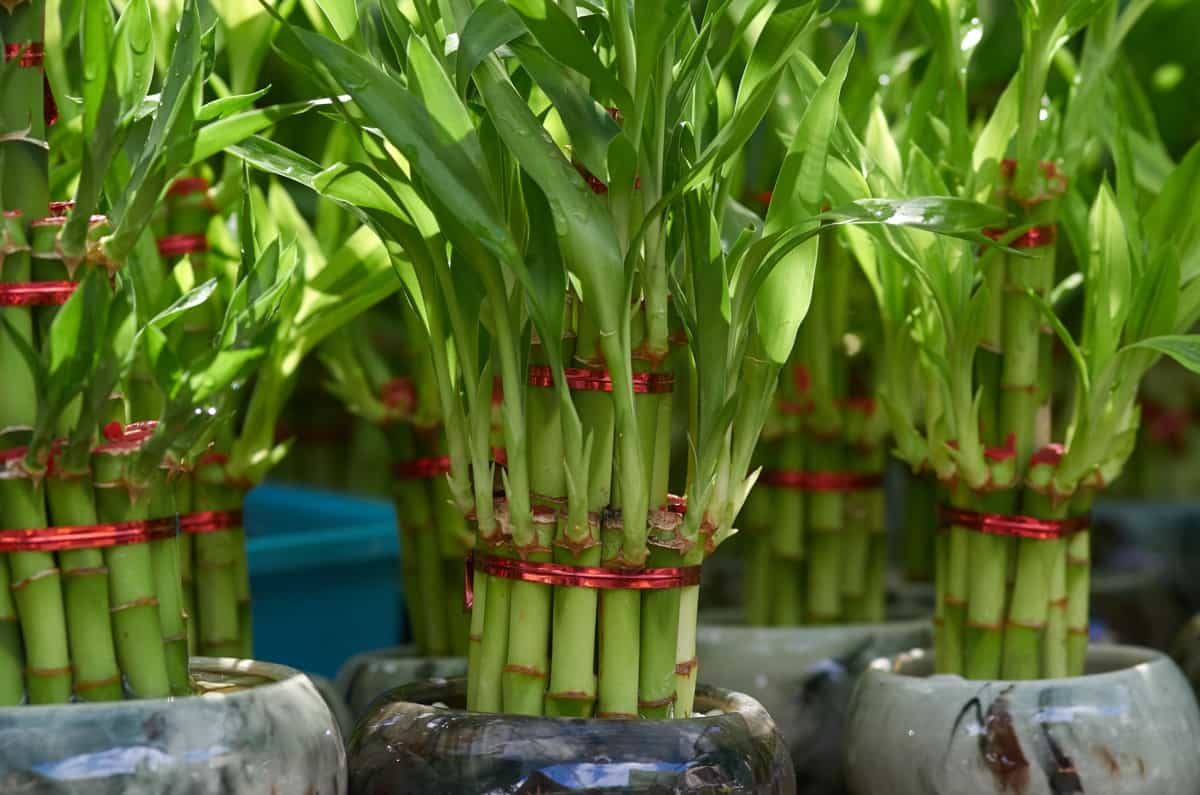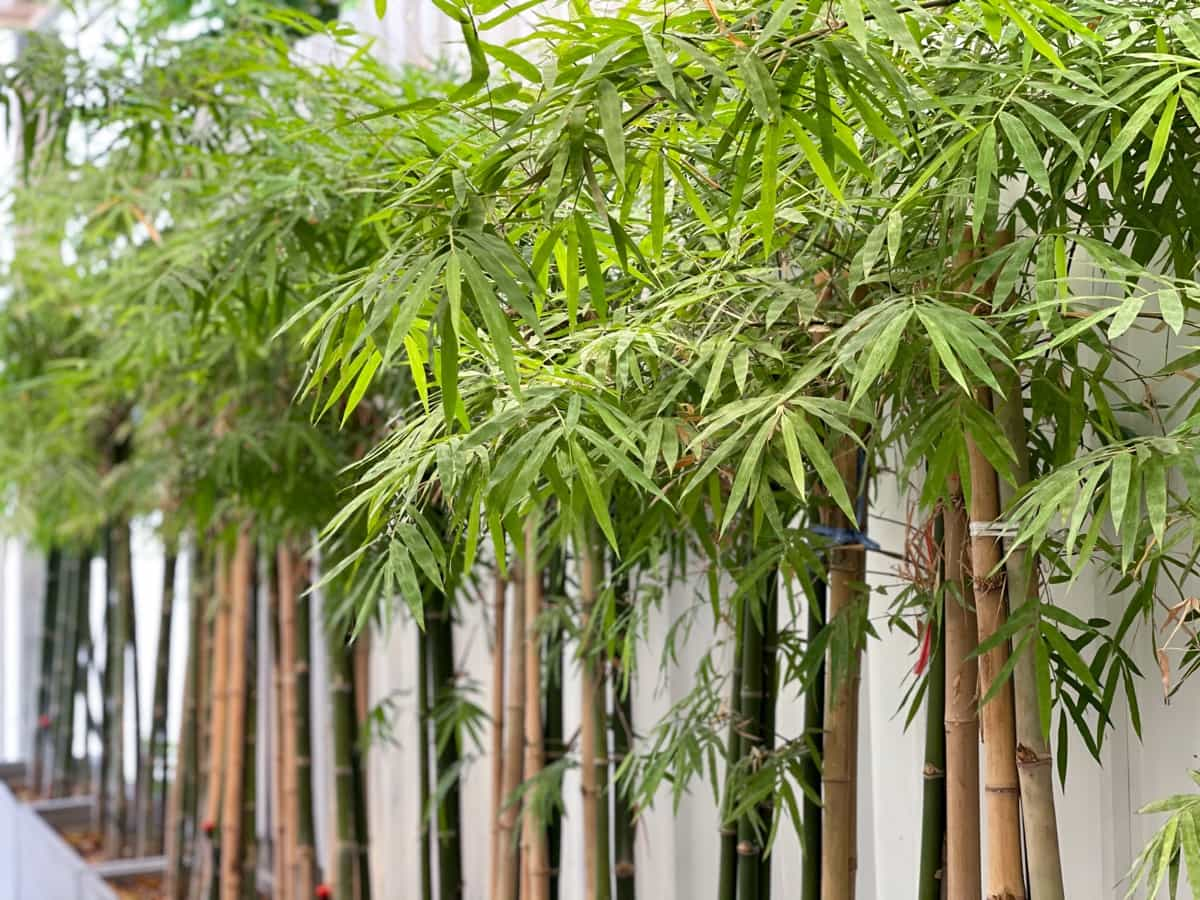Bamboo plants, known for their resilience and rapid growth, occasionally face common issues such as yellowing leaves, stunted growth, or pest infestations. Understanding the causes is crucial for effective solutions. Root rot, which has soft, brown roots and a musty smell, can result from overwatering and poor drainage.

Ensuring proper drainage and moderating water intake can prevent this. Nutrient deficiencies, often indicated by discolored leaves, can be corrected with balanced fertilizers. Adequate sunlight and protection from extreme temperatures are also vital. For pest problems, such as bamboo mites, neem oil or insecticidal soap can be applied as natural remedies. Regular maintenance, including pruning and cleaning of debris, will keep bamboo healthy and prevent many issues.
Natural Ways to Fix Common Bamboo Plant Problems
Leaf Yellowing
The yellowing of bamboo leaves can be attributed to various factors, including water quality, environmental stress, and nutrient deficiencies. In indoor bamboo plants, yellowing may result from an aquatic environment or hydroponic growth without soil, leading to water quality issues. Additionally, drafts and temperature fluctuations can contribute to leaf yellowing. Proper water management, including the use of high-quality water and maintaining optimal growing conditions, can help prevent and address leaf yellowing in bamboo plants.
Leaf Spots
The presence of spots and discolorations on bamboo leaves may indicate underlying problems such as fungal or bacterial infections. Leaf spots can manifest as irregular patterns of discoloration, affecting the plant’s overall aesthetic appeal. Preventative measures, including good water management and the use of organic-rich soils, can promote healthy plant growth and reduce the risk of fungal and bacterial diseases that cause leaf spots.
Leaf Browning
Browning of bamboo leaves can be a result of environmental stress, water quality issues, or pest infestations. Factors such as overwatering, poor drainage, and mite infestations can contribute to leaf browning. Proper irrigation practices, including regular monitoring of soil moisture and drainage, are essential for preventing leaf browning. Additionally, addressing pest infestations through natural predators and appropriate treatments can help maintain the overall health of bamboo plants.
Leaf Curl
Leaf curl in bamboo plants is a common sign of environmental stress, particularly related to water management. Both overwatering and underwatering can lead to leaf curl, impacting the plant’s vitality and aesthetic appeal. Adjusting irrigation practices to maintain optimal soil moisture and addressing any underlying water-related issues can help alleviate leaf curl in bamboo plants.
In case you missed it: Natural Ways to Fix Common Snake Plant Problems: Exploring Causes to Solution

Powdery Mildew
Powdery mildew, a fungal disease, can affect bamboo plants, leading to the development of a powdery white substance on the leaves. This common disease thrives in conditions of high humidity and poor air circulation. Implementing proper ventilation, maintaining adequate spacing between plants, and utilizing natural remedies such as neem oil can help prevent and manage powdery mildew in bamboo plants.
Rust
Rust, characterized by orange or reddish-brown pustules on bamboo leaves, is a fungal disease that can compromise the plant’s health. This disease often thrives in humid environments and can spread rapidly if left unaddressed. Implementing proper water management, ensuring good air circulation, and promptly removing affected plant material can help prevent and control rust in bamboo plants.
Chlorosis
Chlorosis, or yellowing of plant tissue due to a lack of chlorophyll, can affect bamboo leaves, impacting their overall color and vitality. Nutrient deficiencies, particularly iron and nitrogen, can contribute to chlorosis in bamboo plants. Addressing soil nutrient imbalances through appropriate fertilization and soil amendments can help alleviate chlorosis and promote healthy leaf coloration.
Bamboo Mites
Bamboo mites, tiny pests that feed on plant tissue, can cause discoloration and damage to bamboo leaves. Their presence may result in yellowish-pale spots and an overall decline in plant health. Implementing natural predators, such as ladybugs and predatory mites, can help control bamboo mite infestations and protect the overall well-being of the plant.
Leaf Drop
Leaf drop in bamboo plants can be attributed to various factors, including environmental stress, water quality issues, and pest infestations. Proper water management, addressing pest concerns, and maintaining optimal growing conditions can help minimize leaf drop and preserve the overall health and appearance of bamboo plants.
In case you missed it: How to Get Rid of Fireworms in Gardens: 100% Effective Control Strategies

Sunburn
Sunburn, characterized by browning and discoloration of bamboo leaves, can occur when plants are exposed to excessive sunlight or intense heat. Providing adequate shade, particularly during periods of intense sunlight, can help prevent sunburn and protect the foliage of bamboo plants.
Tips and Solutions for Common Bamboo Plant Problems
Bamboo plants, known for their strength and rapid growth, can encounter various issues that affect their health and appearance. To address common bamboo plant problems, understand the causes and implement effective solutions. Environmental stress, water quality issues, and pest infestations can contribute to leaf yellowing, leaf spots, leaf browning, leaf curl, powdery mildew, rust, chlorosis, bamboo mites, leaf drop, and sunburn in bamboo plants.
Preventative measures play a crucial role in promoting healthy bamboo plants. Good water management, including maintaining optimal moisture levels and using organically rich soils, is essential. Adequate sunlight exposure and proper ventilation can contribute to the overall health and vigor of bamboo plants. Addressing root and heart rots, which can affect bamboo, is important for disease prevention.
Natural predators and appropriate treatments can help control bamboo mite infestations, while monitoring soil moisture and drainage can prevent leaf browning and leaf drop. Additionally, providing shade during periods of intense sunlight can help prevent sunburn in bamboo plants. By implementing these solutions and maintaining optimal growing conditions, individuals can promote the health and vitality of their bamboo plants, ensuring their continued beauty and resilience.
In case you missed it: How to Get Rid of Twig Girdlers: 100% Effective Control Strategies

Conclusion
Understanding and addressing common bamboo plant problems is crucial for their health and vitality. Addressing environmental stressors, promoting good water management, and implementing preventative measures can help individuals enjoy the beauty and benefits of healthy bamboo plants.
- Beneficial Insects in Pest Management
- Natural Solutions for Pest Control in Flower Gardens
- Types of Fungicides Used in Agriculture
- Common Issues in the Fruit Development Stage of Pomegranate Farming
- Fruit Development Issues in Papaya: Easy Solutions and Treatment
- Soil-Borne Diseases and How to Protect Your Plants
- Practices to Prevent Disease Spread in the Garden
- From Wilted to Thriving: How to Treat Root Rot Naturally in Houseplants
- Natural Remedies to Cure Brown Spots on Fig Tree Leaves